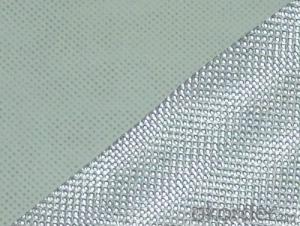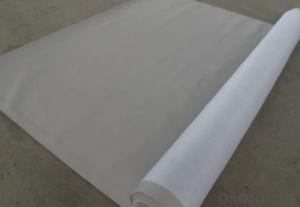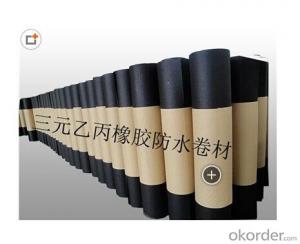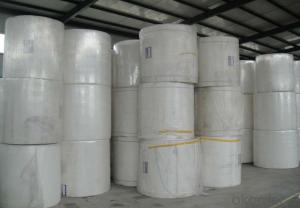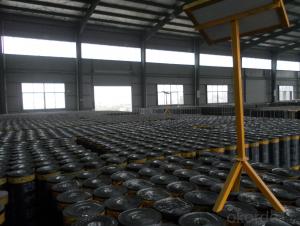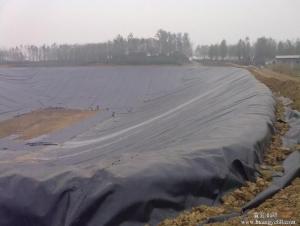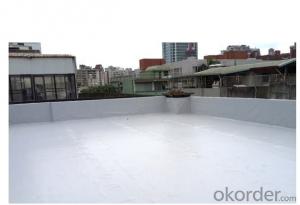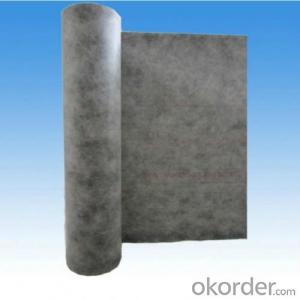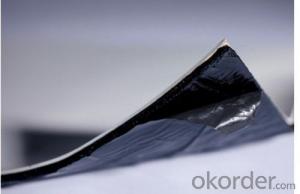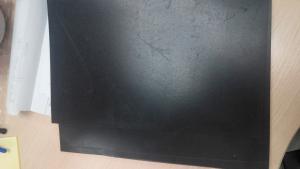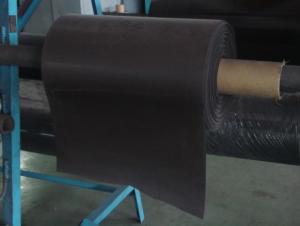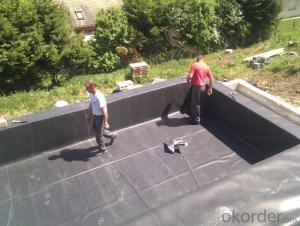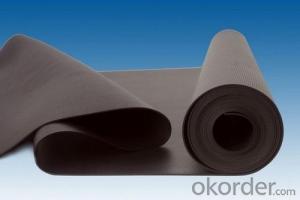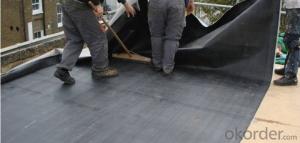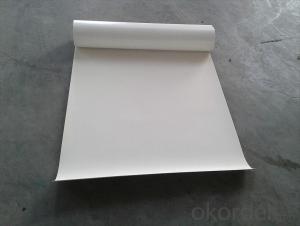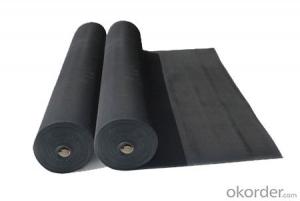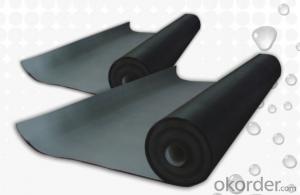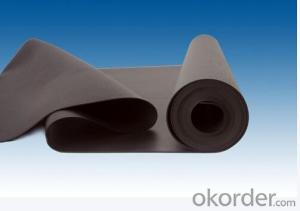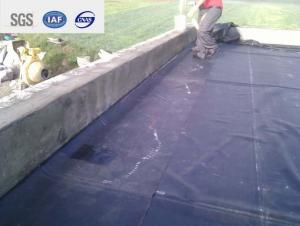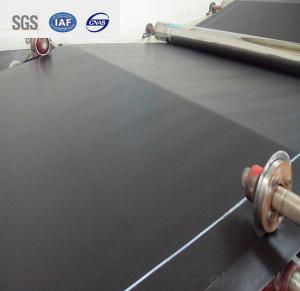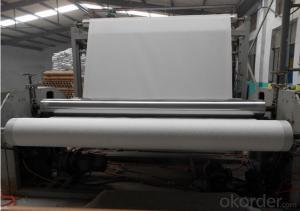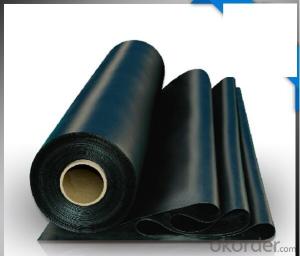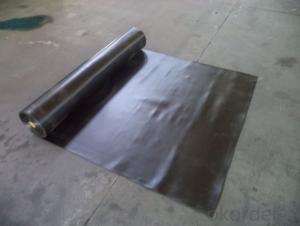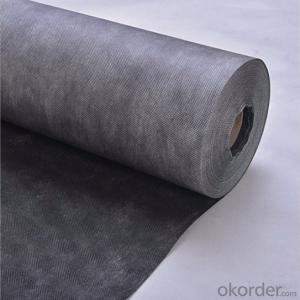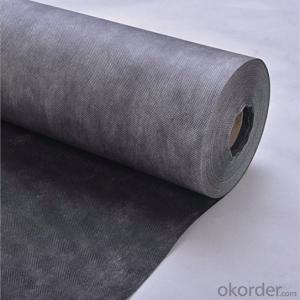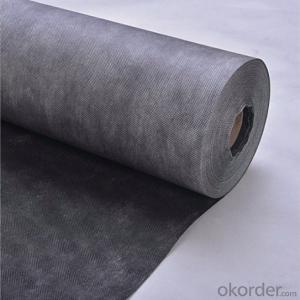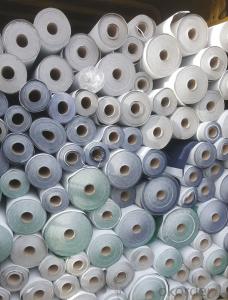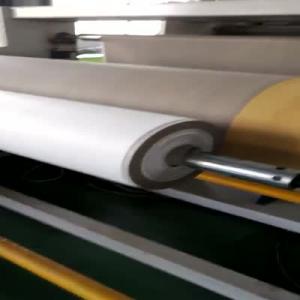Waterproof Membrane For Decks
Waterproof Membrane For Decks Related Searches
Waterproof Geomembrane Paintable Waterproof Membrane Damp Proof Membrane Geomembrane Waterproofing Waterproof Material Concrete Foundation Waterproofing Membrane Red Guard Waterproofing Membrane Redgard Waterproofing Membrane Bentonite Waterproofing Membrane Mapei Waterproofing Membrane Waterproofing Wet Areas Waterproofing Geomembrane Liner Waterproofing Homes Residential Waterproofing Commercial Waterproofing Waterproof Sealer Waterproof Seal Waterproofing Membrane Philippines Waterproof Shade Cloth Waterproof Mdf Panels Exterior Foundation Waterproofing Materials Geomembrane For Ponds Masonry Water Repellent For Walls Geomembranas Para Almacenar Agua Geomembrana Para Piscinas Geomembrane For Landfill Geomembrana Para Ollas De Agua Waterproof Thermal Blanket Bituminous Waterproofing Membrane Manufacturers Waterproof Concrete BlocksWaterproof Membrane For Decks Supplier & Manufacturer from China
Waterproof Membrane For Decks is a specialized product designed to protect and preserve the structural integrity of outdoor decks. These membranes are engineered to prevent water penetration, which can lead to costly repairs and damage over time. By using a high-quality waterproof membrane, homeowners and contractors can ensure that their decks remain safe, dry, and functional for years to come.The application of Waterproof Membrane For Decks is extensive, as they are suitable for a variety of usage scenarios. These membranes can be used in residential settings, such as backyard decks and balconies, as well as in commercial applications like rooftop decks and outdoor dining areas. They are particularly useful in climates with heavy rainfall or in areas prone to flooding, as they provide a reliable barrier against water damage. By installing a waterproof membrane, property owners can extend the lifespan of their decks, reduce maintenance costs, and improve the overall aesthetics of their outdoor spaces.
Okorder.com is a reputable wholesale supplier of Waterproof Membrane For Decks, offering a large inventory of high-quality products at competitive prices. With a commitment to customer satisfaction and a focus on providing durable, reliable solutions, Okorder.com is the ideal choice for those in need of waterproof membranes for their decks. Their extensive selection ensures that customers can find the perfect product to meet their specific needs, whether they are looking for a membrane for a small residential deck or a large commercial project. By partnering with Okorder.com, customers can enjoy peace of mind knowing that they are receiving a top-quality product that will stand up to the test of time.
Hot Products


